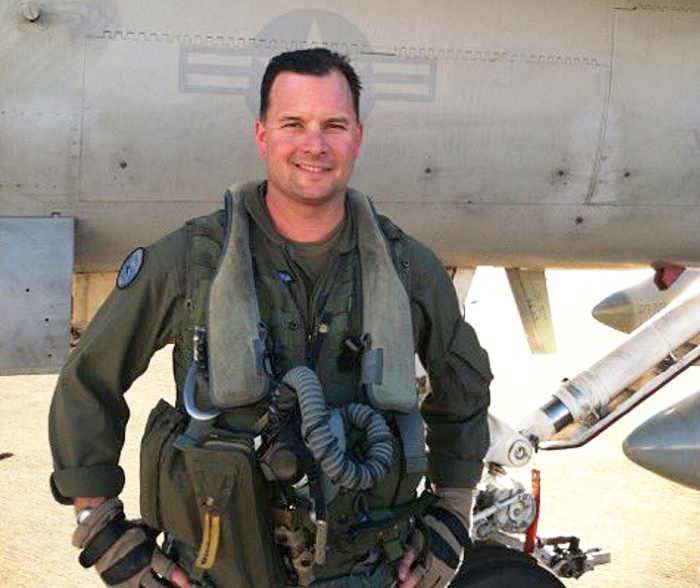Just yesterday, at 10:45AM, an F/A-18C belonging to VMFA-232 “Red Devils” crashed ten miles from Naval Air Station Fallon in northern Nevada. Thankfully the pilot ejected and survived the incident. The jet was on a functional check flight (FCF) when the crash occurred. FCFs follow critical and deep maintenance evolutions, like test drives in the sky, where the pilot shakes out the jet to find any remaining issues or anomalies.
The Hornet that crashed was on loan to Strike Fighter Wing Pacific Detachment Fallon. It isn’t clear if the pilot flying the Hornet also belonged to the VMFA-232.
The crash comes after a string of high-profile fast jet crashes and just five days after another of the Red Devils’ F/A-18Cs crashed during training at MCAS Ground Combat Center 29 Palms. Sadly, that jet’s pilot, Major Richard Norton, perished in the incident. Norton was 36 years old, had multiple deployments under his belt and was decorated with multiple medals.
At 10:30 pm, the jet departed from MCAS Miramar, the Red Devil’s home base, to perform a night close air support (CAS) mission. The mission was part of Integrated Training Exercise 5-16, a pre-deployment training evolution that brings a wide spectrum of Marine warfighting capabilities together for cooperative training.
Colonel William Swan, the Commanding Officer of Marine Air Group 11, which the Red Devils are a part of, stated the following about Major Norton:
“He was one of the best and brightest Hornet pilots our nation had to offer. Our thoughts and prayers out to his family.”

Both crashes follow the loss of another Red Devil F/A-18C and its pilot, Major Taj “Cabbie” Sareen, last October (make sure to read all about Taj in this previous post from The War Zone). Sareen was taking off from RAF Lakenheath in the early morning hours as part of the second leg of a ferry operation to bring VMFA-232’s jets back from a combat deployment to the Middle East when something went terribly wrong. Sareen is credited with choosing to fly the stricken aircraft away from homes before making an unsuccessful ejection attempt.
Having a Marine fighter squadron Lose a quarter of its aircraft inventory and two of its pilots in just nine months is as peculiar as it is tragic, but it is worth noting that Marine Air is in very poor shape overall. The service is just now trying to get on top of long deferred maintenance and absolutely abysmal availability rates of its aging aircraft, something that has resulted in plummeting flight hours for Marine Aviators.

Delays in the F-35 program, not procuring the Super Hornet, and 15 years of continuous warfare in the Middle East have pushed Marine Hornets far past their design life. With continued losses further aggregating the situation, the USMC has resorted to pulling 30 Hornets from the boneyard and will revamp them into F/A-18C+s at great cost in order to forestall a further collapse of the fleet. These revamped jets will serve for another 2,000 hours before finally being retired.
It is too early to tell if the recent rash of losses of VMFA-232 aviators and aircraft are somehow systemic, or if the aircraft’s age and overstressed support infrastructure were to blame. But replacing lost aircraft is one thing, losing dear comrades is another. The squadron has roots dating back almost a century, and it will have to recover from such a horrible string of events—and that won’t be easy.
Our thoughts are with the Red Devils and their families.
Contact the author at tyler@thewarzone.com
